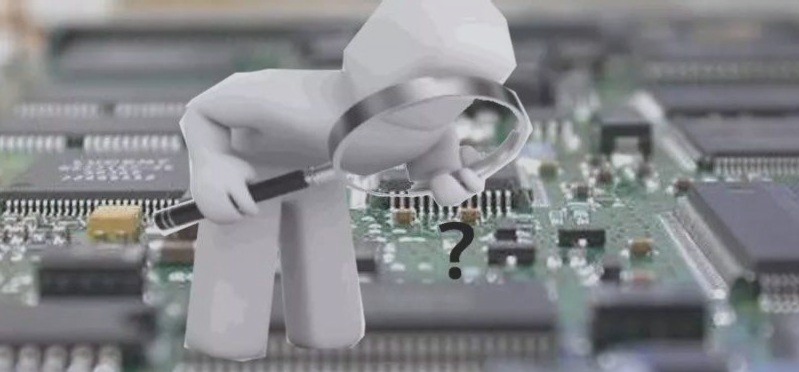With the increasing development of the electronic industry today, electronic products are moving towards light, thin, short, high-performance, and multi-functional development, along with perfect electronic device welding technology. Flexible printed circuit boards (FPC), also used for electronic interconnection, have been rapidly developed in China’s printed circuit board industry in the past two years. Due to the need for electronic products to be light, thin, and small, the application range of flexible PCBs is expanding. Compared to other types of printed boards, flexible PCBs have a large amount of wiring in a small space. The parts that need to be bent repeatedly have a longer bending life than other cables due to the selection of special materials.
Due to the characteristics of lightness and thinness, the selection of mechanical equipment and processing methods during the surface treatment of flexible boards has its own special requirements. Surface cleaning treatment is a critical link in the production of flexible boards as it requires a good surface condition and strict dimensional stability of the board. The dimensional stability depends on the dimensional change rate of the laminated copper foil layer, and it also affects the mechanical grinding during the production process. The running direction of the grinding brush roller is opposite to the conveying direction of the board to ensure a uniform grinding effect. However, the base of the flexible board is thin and soft. If the pressure is too high during grinding, the base material may stretch or break due to tension, leading to dimensional changes. It is important to avoid scratches, tears, and jams on the substrate during the grinding process. Using a pallet can help avoid issues related to the equipment not being specialized for flexible board production conditions, such as the large distance between the machine’s transmission wheels. High-pressure water washing and drying with hot air may cause the substrate cardboard to deform or even be scrapped.
According to the requirements of the flexible board production process and the comparison of the abrasive brush wheel, in the production process of flexible printed boards, the chemical cleaning method and the nylon needle brush roller are ideal for transferring patterns, hole metallization, and covering the surface of the film. They can remove the oxide layer on the copper surface and achieve good roughness on the board surface.
For surface processing technology such as chemical immersion gold pretreatment, a non-woven brush roller with low cutting force is recommended. Its uniform and detailed grinding effect ensures the removal of residual glue on the board and pads, resulting in a carefully and uniformly polished surface. This effect cannot be achieved by nylon needle brushes, as they may leave strip-shaped scratches during polishing, affecting welding and surface appearance. Choosing a soft non-woven brush roller with lower cutting force than conventional ones can improve the polishing effect. The non-woven brush roller, with its uniform and detailed grinding effect, is preferred by many manufacturers of high-precision circuit boards. It is advisable to use a 1000#+1200# red non-woven brush roller with a hardness of 30-45 degrees to ensure the removal of pad dirt and flatness of the surface coating, with wear scars controlled at 8-10mm.
Due to the characteristics of lightness and thinness, the selection of mechanical equipment and processing methods during the surface treatment of flexible boards has its own special requirements. Surface cleaning treatment is a critical link in the production of flexible boards as it requires a good surface condition and strict dimensional stability of the board. The dimensional stability depends on the dimensional change rate of the laminated copper foil layer, and it also affects the mechanical grinding during the production process. The running direction of the grinding brush roller is opposite to the conveying direction of the board to ensure a uniform grinding effect. However, the base of the flexible board is thin and soft. If the pressure is too high during grinding, the base material may stretch or break due to tension, leading to dimensional changes. It is important to avoid scratches, tears, and jams on the substrate during the grinding process. Using a pallet can help avoid issues related to the equipment not being specialized for flexible board production conditions, such as the large distance between the machine’s transmission wheels. High-pressure water washing and drying with hot air may cause the substrate cardboard to deform or even be scrapped.
According to the requirements of the flexible board production process and the comparison of the abrasive brush wheel, in the production process of flexible printed boards, the chemical cleaning method and the nylon needle brush roller are ideal for transferring patterns, hole metallization, and covering the surface of the film. They can remove the oxide layer on the copper surface and achieve good roughness on the board surface.
For surface processing technology such as chemical immersion gold pretreatment, a non-woven brush roller with low cutting force is recommended. Its uniform and detailed grinding effect ensures the removal of residual glue on the board and pads, resulting in a carefully and uniformly polished surface. This effect cannot be achieved by nylon needle brushes, as they may leave strip-shaped scratches during polishing, affecting welding and surface appearance. Choosing a soft non-woven brush roller with lower cutting force than conventional ones can improve the polishing effect. The non-woven brush roller, with its uniform and detailed grinding effect, is preferred by many manufacturers of high-precision circuit boards. It is advisable to use a 1000#+1200# red non-woven brush roller with a hardness of 30-45 degrees to ensure the removal of pad dirt and flatness of the surface coating, with wear scars controlled at 8-10mm.

